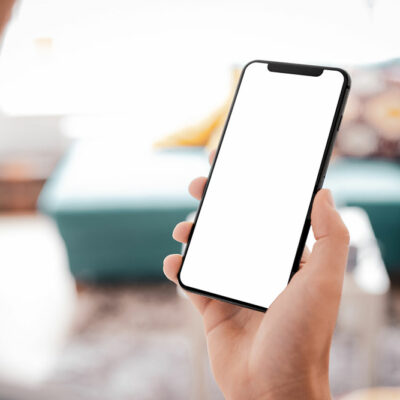
10 mistakes to avoid when selecting compliance and auditing software
Compliance and auditing are unavoidable business processes that take up considerable time and effort. As a company grows and expands, the volume of compliance and auditing work usually increases. Fortunately, many bespoke software systems are available to carry out these tasks and reduce manual effort. But the key is to choose the right software application. People often make mistakes when choosing compliance and auditing software for business, which must be avoided.
1. Not reviewing the company’s compliance and auditing requirements
Different companies may have different compliance and auditing requirements depending on the types of audits the company needs to conduct, the type of company (e.g., a public, subsidiary, or insurance company), the company size and reach, whether it is a global organization, etc. These factors help understand the company’s specific compliance and auditing needs, based on which one can shortlist a software system.
2. Selecting software that isn’t user-friendly
Ultimately, it is the employees who are going to use the auditing and compliance software systems, so it is crucial that the software has a user-friendly interface. If the software program is difficult to operate and needs extensive training, it is not the right application. These days, many software tools are easy to use and don’t require any special expertise or technical skills. So, one should always look for such user-friendly systems. Further, if specific parts of the software tool require technical expertise, the application should provide comprehensive training to users so they can easily grasp the process.
3. Failing to check if the app seamlessly integrates with other systems
Compliance and auditing go hand in hand with several other HR and accounting processes in a company. So, a software system that handles these processes should seamlessly integrate with other software systems, such as ERP systems, HR payroll apps, and risk management systems. This way, one does not have to enter data manually as all information is available in one consolidated system, increasing overall efficiency.
4. Not researching enough on the vendor’s credibility
Another crucial aspect an organization should never ignore is the credibility of the vendor offering the service. An unreliable vendor can pose a risk to the entire organization because an integrated software system for auditing and compliance has practically all the company’s financial information. That’s why companies should always research the vendor’s background and financial history, license, founders’ backgrounds and experience, reviews of other users, and the vendor’s overall transparency in answering questions.
5. Overlooking scalability
A company gradually grows and expands with time, and it doesn’t make sense to switch to a new software system to accommodate growing demands. To avoid such hassles, companies should always look for scalable software applications suited to accommodate their consumers’ changing auditing and compliance demands.
6. Selecting a software system that is not flexible
Every company has different business processes and workflows. Selecting a software system that specifically caters to a company’s needs may be difficult. That’s why a software application should be flexible enough to adapt to a company’s unique processes and workflows and evolve with it when there are any changes in its business operations.
7. Not checking the vendor’s customer service
An organization may face challenges even if it opts for the best auditing and compliance program. Sometimes, employees may need help with specific aspects of the system. For all these reasons, vendors should have a solid customer support service, allowing customers to approach them through various means, such as a toll-free number, chat assistance, and email. Such facilities are the basic requirements that a vendor should fulfill.
8. Failing to calculate the cumulative pricing
Installing a software system may involve several overhead costs in addition to the basic charges, such as licensing fees, maintenance costs, and implementation fees. If a company doesn’t consider these additional costs right at the outset, it may face a financial crunch later because it may not have planned for the additional expenses. So, it is crucial to clearly communicate with the vendor from the start and ask them to list all the costs involved in writing.
9. Not checking if the application drafts detailed reports
Reports are indispensable in compliance and auditing, so the software tool should be able to create comprehensive reports that include all the required information. These reports should also be easily accessible and stored safely in the application.
10. Choosing an application that doesn’t provide real-time alerts
Real-time alerts by an auditing and compliance software system go a long way in ensuring efficiency and safety. For example, suppose any changes have been made to the existing information or databases on the software. In that case, the application should automatically alert the user so that if credible sources have not made these changes, one can immediately take steps to prevent a safety breach. That’s why an application dealing with auditing and compliance should offer real-time alerts.
Installing an auditing and compliance software system can go a long way in making business processes efficient and quick. However, before selecting any software, one should research well on the vendor’s background and the features offered in the application.


